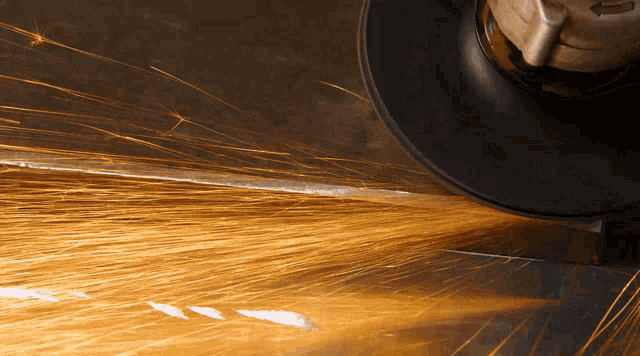It's a known certainty, that if you regularly sharpen a blade with a rod-type hone, it'll eventually develop some recurve in the edge profile. Taken to a further extreme, if you wanted to speed that up a bit, you could regrind the edge on a rod (dowel, etc) with something more aggressive, like coarse sandpaper in SiC or aluminum oxide. Doing it this way would eliminate any concerns you might have about damaging the heat treat. It'd take more time - but that might also allow you to consider if it's really something you want to do, over some time and with continued use of the blade.

